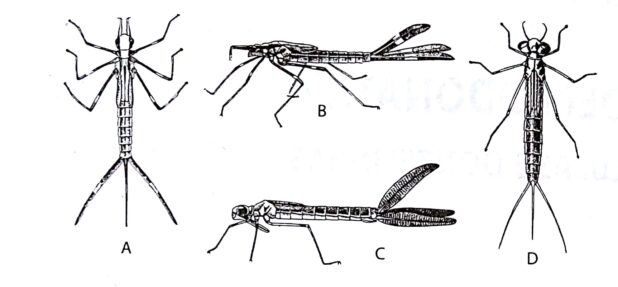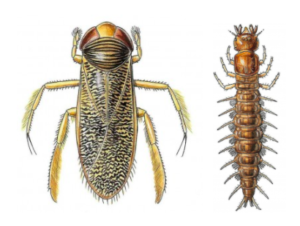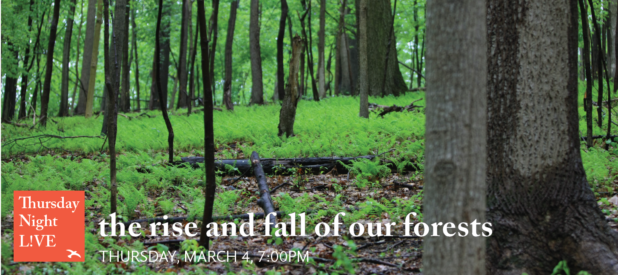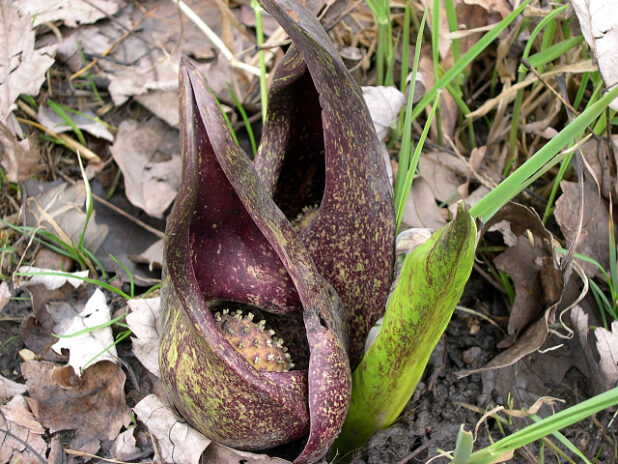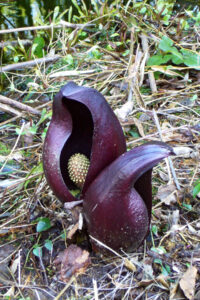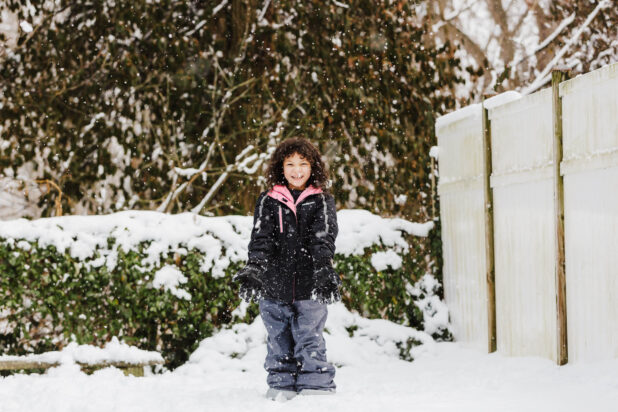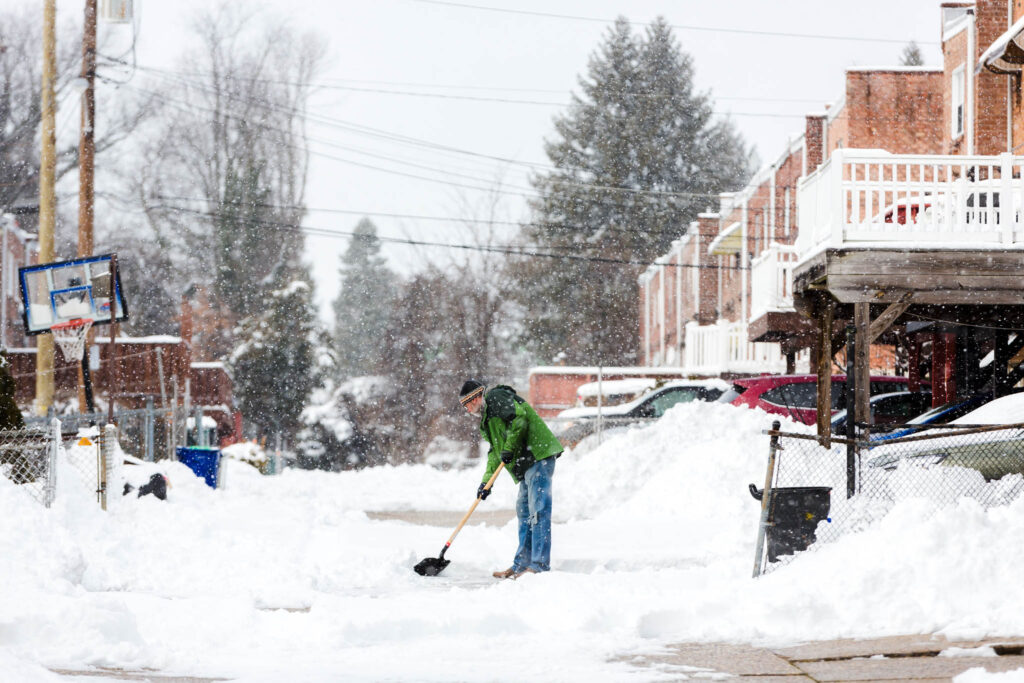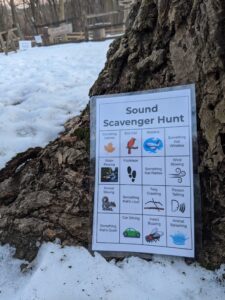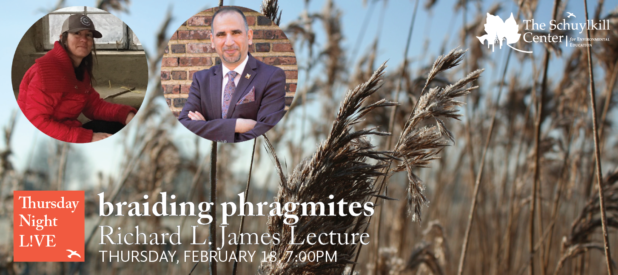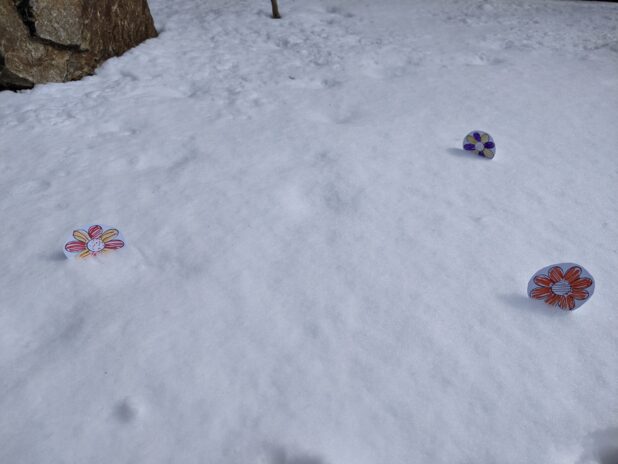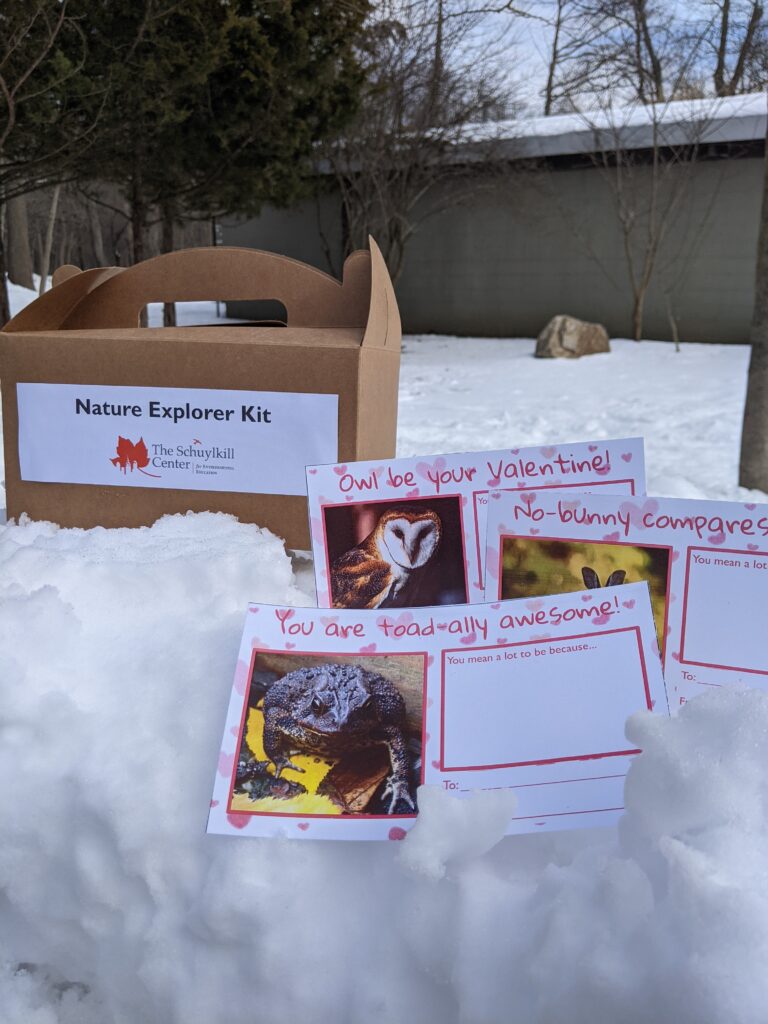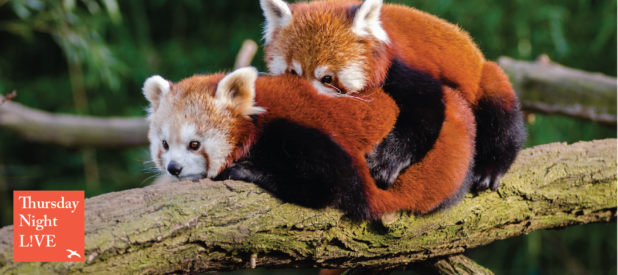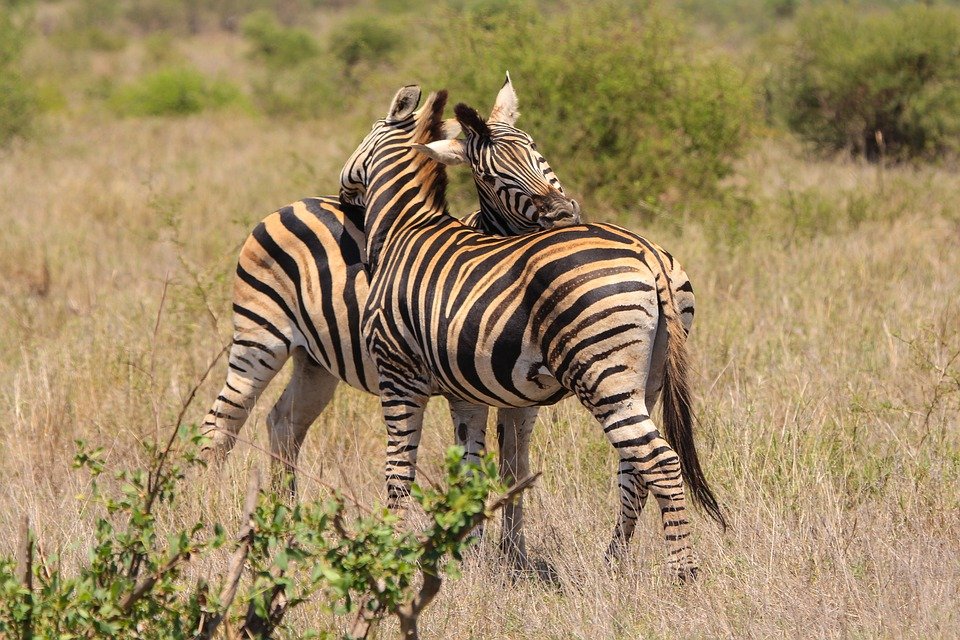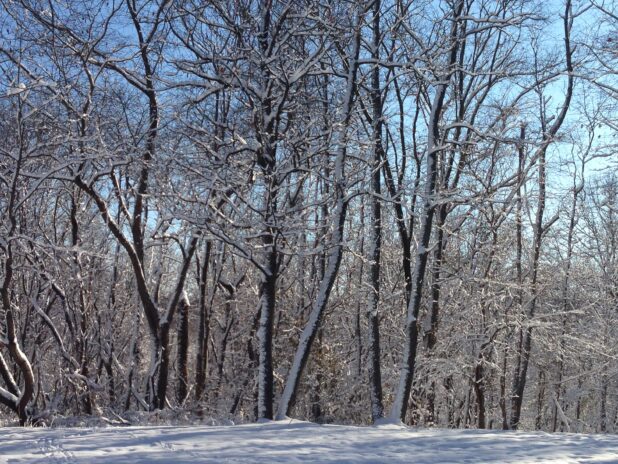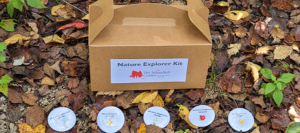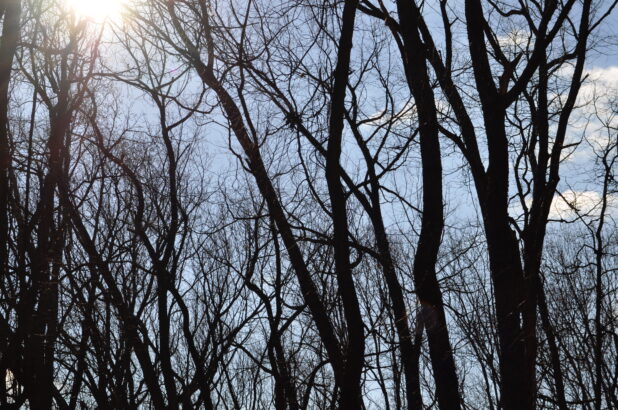We’re talking about water bugs for this week’s Aquatic Macroinvertebrates themed nature kit. Aquatic macroinvertebrates—“macros” for short—are tiny water creatures that do not have a backbone and are large enough to see with the naked eye. Some are aquatic worms, crustrasians, or animals with a shell, like snails. Many others are the young stage of insects you are probably familiar with, like the dragonfly. From freshwater to saltwater and streams to ponds, each water habitat is called home by a unique variety of macros. These critters might be small, but they play an important part maintaining the health of the exosystem.
Activity #1: Macro ID
When you find a macro in the wild, you will probably want to identify it. The tool we use to identify macros is called a dichotomous key. This key works by asking you a second question that will slowly help narrow down the possibilities until you are able to identify the specific macro you have found. Give it a try!
- Use the dichotomous key linked here to identify the macros below.
- Scroll to the bottom of the post to see if you identified them correctly.
Activity #2: Make Your Own Dichotomous Key
Materials Needed: 10 items in a similar category (details below); pencil; paper
Scientific Skills:
- Observation
- Identification
- Categorization
Instructions:
- Start by deciding what you want to categorize. You’ll need to be pretty familiar with your items since the end goal is to be able to identify them. Consider using familiar plants or insects you can find in your yard, or even sort something in your home, like kitchen tools or your stuffed animal collection. Get creative!
- Set out your items. I would suggest about 10 items. (If you’re using natural items, you don’t need to collect/pick them, but it does make the activity easier to be able to see them all at once.)
- Take a few minutes to make some observations about the items. Ask:
- What makes them similar?
- What makes them different?
- Do I notice any similarities among several of my items?
- Does any one item really stand out from the rest?
- Now you’re ready to start making your key. Begin by deciding what 2 main groups you could break your items into. Every item needs to fit into one of these two groups, so they should be pretty broad. To use stuffed animals as an example, maybe you could split them up into big & little or real & imaginary.
- Now pick one of those groups to focus on. In this group, are there 2 or 3 smaller groups you could break your items into?
- Keep going. Continue this process of breaking the items into smaller and smaller groups until each item is named specifically. (If you feel stuck, you can peak at the example below.)

- Ask a family member to test it out! Give them a single item and ask them to follow your key to see if they can identify the item you gave them.
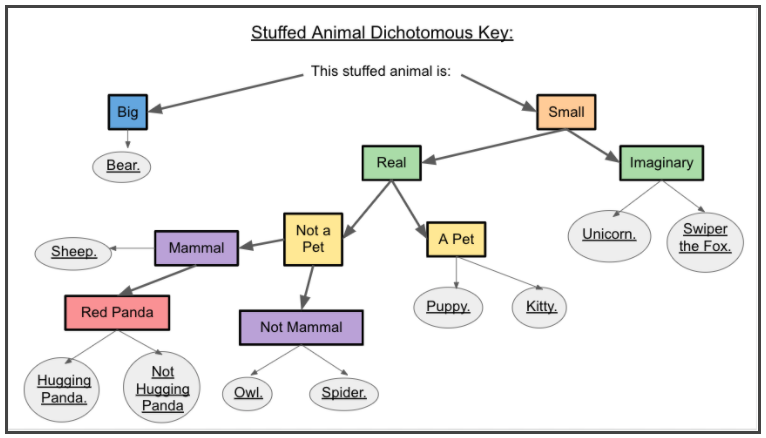
- Share it with us! Take a picture of your key and sorted items and tag us @schuylkillcenter on Facebook or Instagram. We can’t wait to see what you come up with!
Activity 1 Answer:
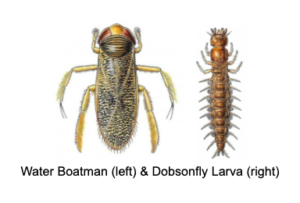 Water Boatman (left) & Dobsonfly Larva (right)
Water Boatman (left) & Dobsonfly Larva (right)
—Patti Dunne, Environmental Educator

